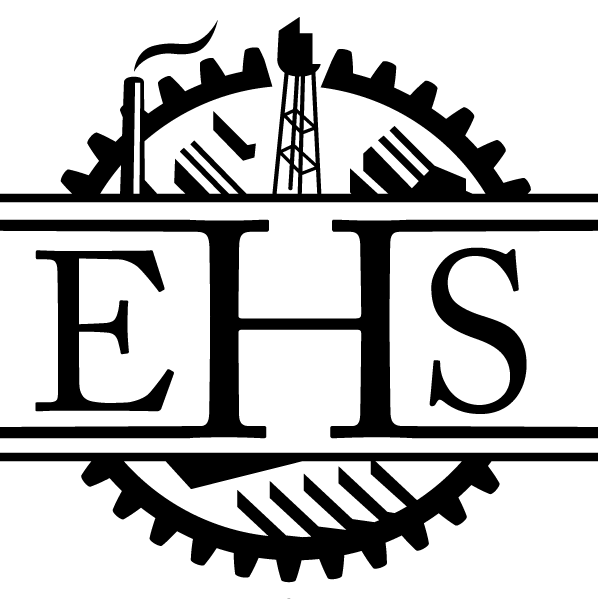
Emeryville Post Office & Emery’s Station
Here on the corner of Halleck Street near Park Avenue is where Emeryville’s first post office was built. The site is considered pivotal in the city’s founding and naming.
It’s widely accepted that Emeryville was named after Joseph S. Emery who of course owned the 185 acre tract of land that became part of the city. While this is true, the story is a bit more nuanced than commonly understood.

In 1877 when the Northern Railway was built along the shoreline that bisected the land that would become Emeryville, a stop named “Emery” was added on Joseph Emery’s property.
This was one of four stations along the railway that also included Shell Mound Park, Powell Street and a stop at the Stock Yard District.
A small, three-sided shelter with benches was built on the eastern side of the tracks at the foot of Park Avenue in front of the Commercial Union Hotel.

The first mention of “Emeryville” was in news archives was in 1884, 12 years prior to the city’s incorporation. Several news archives announced the establishment of an “Emeryville Postoffice” at Emery’s Station.
The small post office was located on the corner of Halleck Street and Park Avenue. Its proximity to Emery Station was strategic as mail typically arrived by train.
After June 19, 1884, anyone sending mail to these unincorporated tracts would have addressed them to “Emeryville, California.”

It was after the creation of this post office that newspapers regularly began referring to the area as “Emeryville” despite the area not yet being incorporated.
Judson Coburn, employed at Judson Steel as a night watchman, was hired as the first Postmaster of this Post Office. His son John served as Deputy Postmaster.
John also worked as an agent for Wells Fargo & Co. bank.
They both lived at the same address as the post office, suggesting the building was originally a house.

The town was officially incorporated in 1896 with Joseph Emery elected among the original five trustees.
Emery – a pioneer, builder, vigilante member and well respected citizen – was rightfully honored in the town’s naming.

Edward Wiard, whose property abutted Emery’s, had passed 13 years earlier in 1886. Had the post office and station been built on Wiard’s property, it’s not inconceivable that “Wiardville” (or even Wierdville as commonly misspelled) could have been considered as an option.
The Emeryville Post Office became pivotal in 1906 following the great quake as San Francisco lay in ruins.
Mail being sent to SF was shifted to this location and news articles indicated the efforts were admirable despite the circumstances stating, “the Emeryville office has succeeded beyond expectations.”

Later that year, the city outgrew this location and a new post office opened at 4116 San Pablo Avenue.
By this time, Judson Coburn had retired and his son John had taken over as Postmaster.

John Coburn is probably a more pivotal figure in the city than is given credit for.
The younger Coburn held the position of City Clerk in the city’s new administration.
In about 1900, he became a justice of the peace. He also worked as a judge for several years and was also elected to the Board of Trustees.
He was also a small business owner as proprietor of the Emeryville Emporium, a department store located at 4116 San Pablo Avenue.
He was active in civic affairs and became involved in the Emeryville Improvement Association. He even created a free library for residents that grew to 100 books.

Coburn died in 1934 at the age of 63.
The Air Reduction Company of California building that still stands at this location was built in 1917.
More on the Commercial Union Hotel and The Air Reduction Company of California building can be read on the first and second stops of our Park Avenue District tour.




